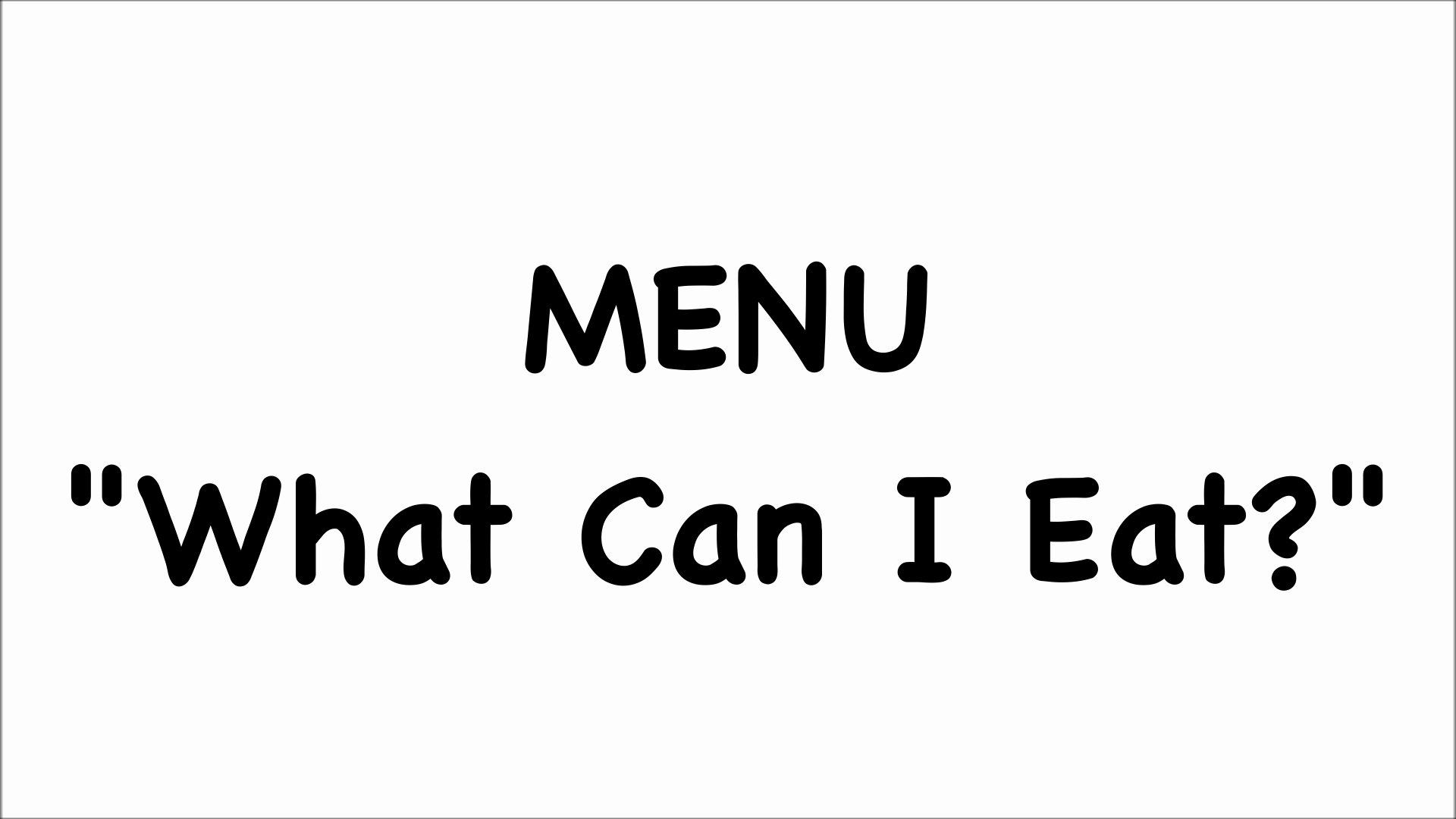You’re out with your friends,
you’ve just taken a seat at a nice restaurant,
and now you’re looking at the menu thinking
“I have no idea what I can eat without blowing out my calories!”
Don’t let this be you.
We all have times where it just simply isn’t possible to track our calories and macronutrients in a way that’s going to be 100% correct.
That means, no scales, no nutritional information panels, nothing.
So rather than resorting to a calorie blowout, or binge,
there is a much simpler way to ensure you are getting the nutrients you need,
while still leaving the dinner table feeling satisfied.
Follow this simple 4 step guide to counting calories on the go without scales or calculations
Step #1
Let your palm determine your protein portions.
Now usually your protein portions for main meals would depend on your protein allowance for the day,
although in this case you are going simply choose a protein source (chicken, fish, lean meat etc)
that is around the size of your palm.
This will usually workout to be around 30-50g of protein.
Step #2
Your fist will determine the size of your fibrous vegetables.
If you’re a follower of Flexible Dieting,
you should be aiming to take in around 15g of fibre
per every 1,000 calories consumed.
This moderate amount of veggies covering the size of your fist,
will help enable you to reach that fibre goal,
but also leave you feeling fuller, quicker.
Side note: Fibrous veggies are typically low in calories,
meaning if your serving size is larger than this,
it’s not necessarily a bad thing.
Step #3
Your cupped hand determines your carbohydrate serving.
Now, although this may not be the carbohydrate serving size you’re used to,
it will allow for 20-50g of high quality carbohydrates assuming you are
choosing carb sources along the lines of: rice, potato, pasta with red sauce etc.
Side note: Keep in mind that protein and carbs are both worth 4 calories per gram,
which is why your plate will predominantly be filled with these
two macronutrients, as the chance of you eating an extremely high calorie meal,
are a lot less likely than what they would be if you were consuming a high fat meal.
Example: Fatty steak, fries, creamy pasta, caesar salad etc.
Step #4
Your thumb will determine your fat portions.
Now, keep in mind your meal will most likely be cooked with some
form of oil, leaving you with very minimal fats leftover to utilise.
Your fat source of choice may be something along the lines of:
avocado, butter, bacon, nuts (in some rice salads)…
Side note:As you would know by now (presuming you’ve read my Ultimate Guide To Flexible Dieting),
it does not matter how much fat you eat with any given meal,
as long as your fat goal is reached by the end of the day.
In this case, we are assuming there is no real accurate way to calculate your intake,
which is why you will play it on the safer side and stick with less calorie dense foods.
Summary
Eating out doesn’t have to be the reoccurring factor that derails your progress.
Follow these 4 steps above to ensure you are covering all nutrient bases,
along with leaving the table feeling full and satisfied.
Not to mention you won’t have to be that one person who only
eats a salad because they’re on a ‘diet’.
Food is meant to be enjoyed, so keep it simple but sensible
and you’ll be on your way to a nice meal and a summer body!

